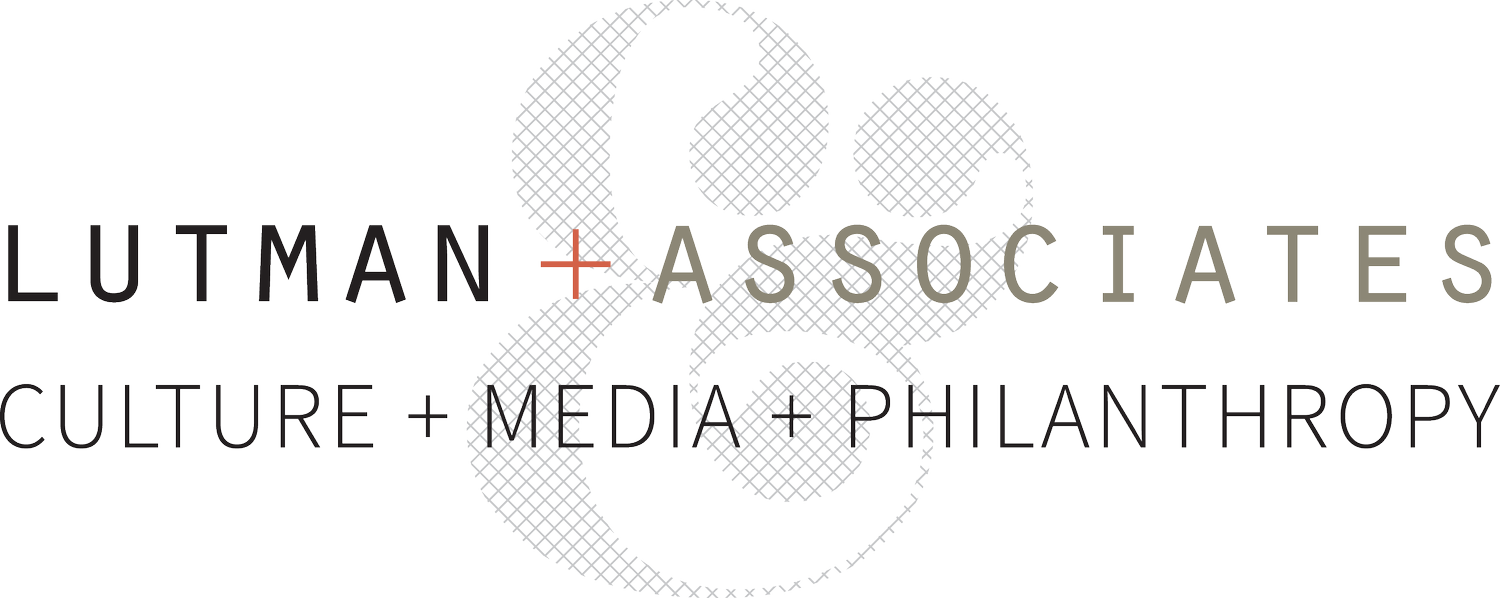This post was originally published on the Grantmakers in the Arts website. Three bloggers were invited to attend the 2014 GIA conference and write about what they saw and heard.
The staff of the John L. and James S. Knight Foundation offered a terrific session on Transmedia Narrative on Tuesday. Presenters were Eric Schoenborn, Creative Director at Knight, and Nicole Chipi, Arts Program Associate. In the three main parts of their presentation, they showed examples of narratives they consider well told; described their internal creative processes for telling Knight’s own stories and how they choose which media to use; and offered advice to other grantmakers for ways to work with grantees to tell their stories effectively and to get their stories out to more people.
Knight’s own work is distinguished by its contemporary graphic design and digital smarts. It makes sense that a foundation led by a former newspaper publisher, Alberto Ibarguen, would make storytelling a priority. Also, with Knight’s current strategies focused on “transformational ideas that promote quality journalism, advance media innovation, engage communities, and foster the arts” they’ve set out to practice what they preach. “We want to be native to the work we are trying to do,” said Eric Schoenborn.
Snowfall, the 2013 Pulitzer-winning New York Times multi-media story led by John Branch, was the first example shared. This beautiful piece of reporting incorporates photography, video, maps, animation, and written narrative and weaves them into a single integrated story. If you haven’t looked at all of its elements (including photos of the 16 people who worked on the project), head over and check it out. It defines a new kind of journalism that integrates story elements into a cohesive and comprehensive narrative.
If Snowfall sets a new bar, then the average arts nonprofit has a ways to go to get there. Lack of time, limited production skills and resources, and an inability to clear rights for certain kinds of media projects (think opera companies and orchestras, where Knight is actively funding) all hamper nonprofits’ efforts. But looking at their arts grantees as potential media producers and storytellers, Knight sees a content-rich field that has plenty of compelling material to share. It’s just a matter of learning how to get it done.
The Knight Arts Program was used as an example of ways Knight works with its grantees to strengthen their storytelling capabilities, to document grant-funded work, and to communicate with audiences and constituents using social media. Over the years, Knight learned that gathering documentation at the end of a grant period was time-consuming and resulted in missed opportunities to capture work-in-progress, performance documentation, and other strong visual material. Today, Knight provides media training at the beginning of each grant, and sets expectations for how many and what kind of work samples should be collected. Additional grant dollars are allocated to organizations so that they can work with media makers to create strong visual and narrative elements. Rights’ clearance is a must for every grantee, and is incorporated into individual grant agreements.
It was interesting to hear how Knight approaches network building. Schoenborn said that the Foundation “Internet stalks” its grantees to see which social media channels they use and how well they use them. Then the Foundation actively helps grantees expand their networks, believing the key to many opportunities is the size and interactivity of the networks the organization operates within. The Foundation staff identifies specific people and networks that can amplify the grantee’s work. This is all part of the grantmaking process.
Schoenborn offered a few words of advice for grantmakers:
– Learn to write in a conversational tone about your work. It builds the [storytelling] muscles needed and helps people understand what you do.
– Part of any effective design is to construct a non-linear approach to the information. That’s how people explore. They move in, out, and around information, not from beginning to end.
– Make your storytelling fun. Your grantees are doing incredible work.
– It’s about the story, it’s not about the tools. Focus on the story and not all the bells and whistles.
– The first and hardest task is to figure out what story you are trying to tell. Once you figure that out then figure out what media can best express it.
– Push your grantees to create multimedia documentation of processes and outcomes that you can use, including video and photos. “No” cannot be the answer.
– Creating media that is not shareable is not effective. No one can share your PDF. No one cares what’s on the cover. It’s not how people use information.
– Time spent producing print publications can be converted to interactive media, and may even save time.
– To be effective in today’s communications environment, you may need to hire different people with different skills. You can find these people in your network, and maybe already working for you in a different role.
For an example of Knight’s documentation of one project, O Miami, a poetry festival, check out the web portal here. Be sure to click through the press releases, blogs, and publications about this grantee on Knight’s website.
I hope Knight’s advice to other foundations sticks: if it does, more funders and grantees will build their all-important storytelling muscles, and more people will understand the work of philanthropy and the arts sector. That would be a good thing.
